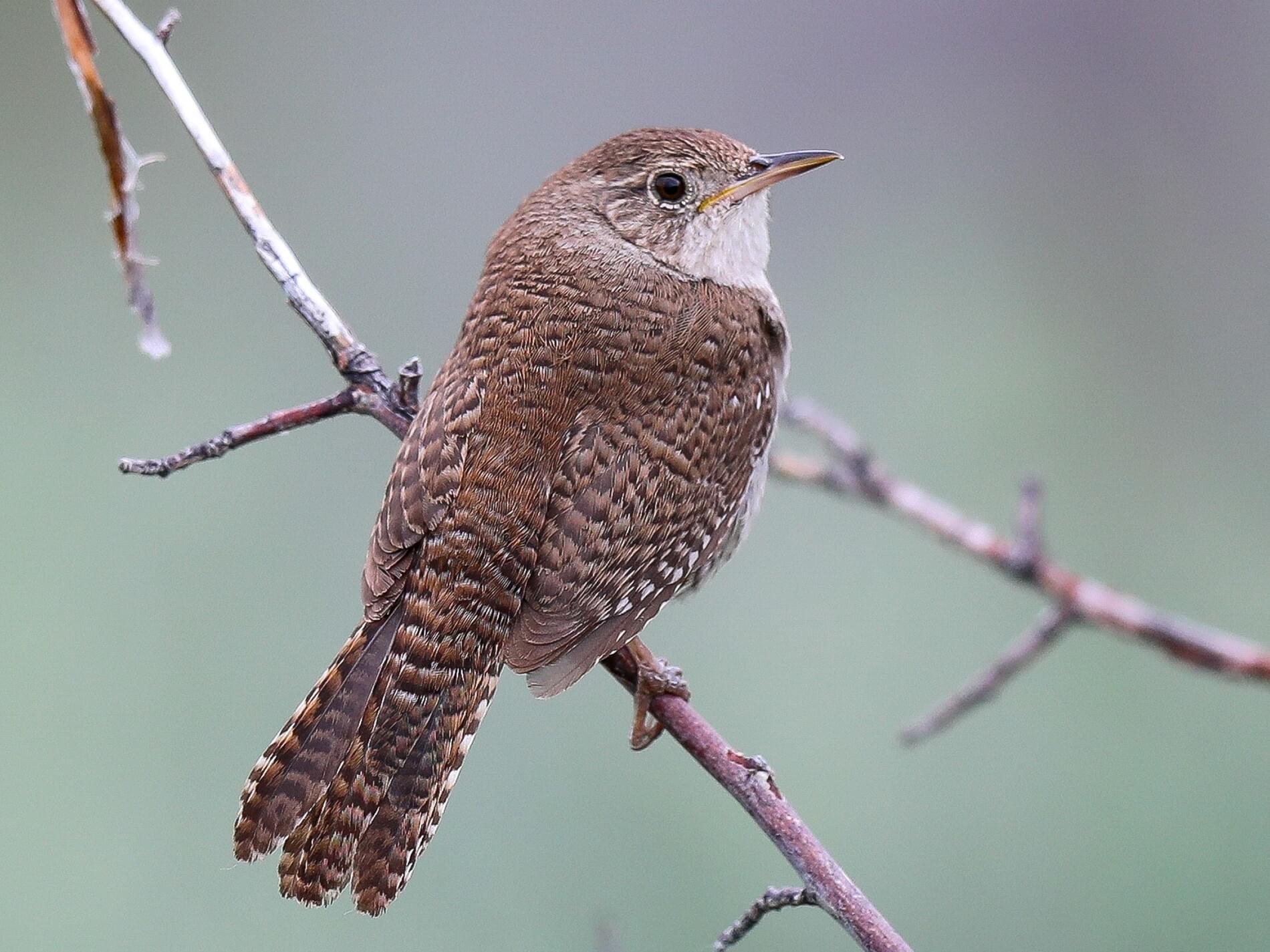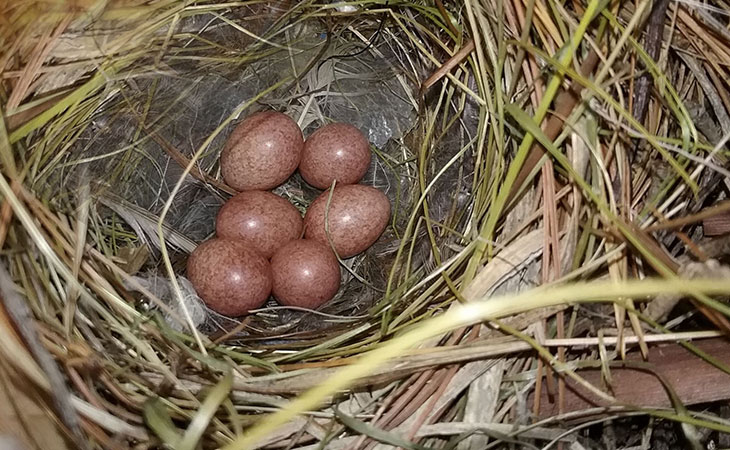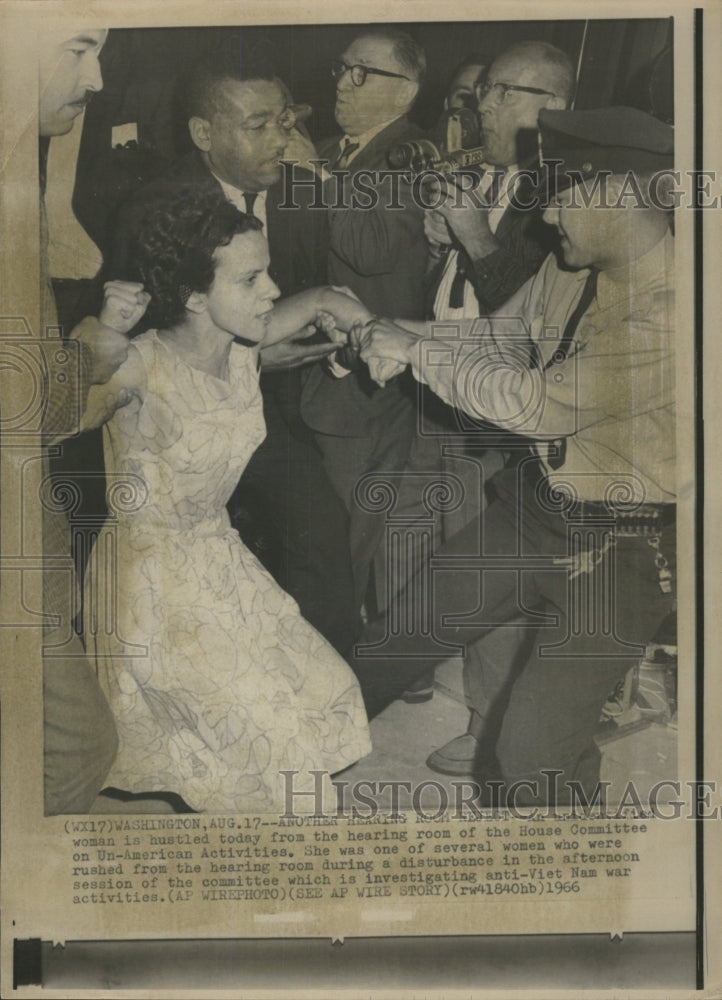Table Of Content
They can often be found energetically hopping through tangles and low branches with their tails up, stopping to sing their cheerful song. This guide will help you identify the wren species in California according to avibase. The babies typically stay in the nest for about 12 to 18 days. Once they leave the nest, the parents will typically begin making preparations for the next batch of babies immediately. As mentioned in the previous section, wrens will abandon their previous nesting spots if those spots have been damaged or destroyed.
Wren Nesting Habits Explained!
House wrens search for the food they eat in a variety of habitats, including brushy areas, gardens, and suburban backyards. Courtship and breeding begin when the female wrens arrive in a male's territory. Most studies show that House wrens leave the nest after around 14 to 15 days, give or take a day or two. House wrens typically nest low to the ground, at the height of just 3 to 5ft or so. However, in some cases, they nest in the first story of a large tree at the height of 30ft.
Press PLAY below to hear a Cactus Wren!
Males typically mate with more than one female and build multiple nests for each female. They are even known to pierce eggs and kill nestlings of both Marsh Wrens and other birds. Sedge Wrens are small brown wrens that are darker above with streaking and barring and paler underneath. Pacific Wrens are brown all over with darker barring on the wings, tail, and belly. House Wrens are small nondescript round brown birds with darker barred wings and tails and a paler throat. According to Audubon, the incubation period for the eggs is 12 to 15 days, and the female wren will do most of the incubating.
What do House Wrens Look Like?
House wrens certainly nest in backyards if there are valid nesting cavities, either natural or artificial. House wrens are cavity nesters but cannot excavate their cavities. They use a variety of existing cavities or cavities excavated by woodpeckers. Hose wrens nest in cavities and enclosures of different shapes and sizes. They adapt their nest to the available space, ensuring that the nest cup and depth are consistently the same sizes.
Environmental Protection Agency (EPA) to require more review of dangerous chemicals, and demanding more accountability for pesticide manufacturers. Both parents help feed the hatchlings, which fledge after 12 to 16 days. Although the House Wren's aggressive behavior may shock human bystanders, it allows this small bird to gain an edge in the often-fierce competition for nesting space. The House Wren, like another common backyard bird, the Blue Jay, seems to be loved and reviled in equal measure by its human neighbors.

Conservation Status

Their short, strong legs mean they can cling onto rocks and even scale a vertical rocky cliff. Cactus Wrens do not have an upright tail like most wrens. Instead, they fan their tails out to show the white tips.
Birds, Nests & Eggs That May Show Up in Bluebird Nestboxes – Learn to Recognize
Sedge Wren Audubon Field Guide - National Audubon Society
Sedge Wren Audubon Field Guide.
Posted: Tue, 10 Feb 2015 14:11:53 GMT [source]
Yes, it is a good practice to clean nest boxes between broods to encourage other birds, including wrens, to use the birdhouse. The second brood is raised in a separate nest after the nestlings have fledged. The male may continue to feed the young birds as the female prepares the next nest. The female house wren starts laying eggs as early as the first week of April. The initiation of the egg-laying period varies with latitude, and it is generally later in higher and colder latitudes.
Wrens in California – Pictures and ID Guide
The tail is very short and most likely will be held upright. You can find Cactus Wrens, unusually for wrens, out in the open at the top of a cactus singing or eating the cactus fruit. They can also be seen on the ground hunting for insects and spiders by turning over leaves and other debris. Rock Wrens nests are on the ground, usually in a cavity or depression in rocky areas, and they add a layer of small stones followed by softer material such as wool and moss. She even went as far as to write her backyard wrens out of her will, stipulating that the birds be barred from breeding on her homestead even after her she was gone. Ecologically speaking, at least, the House Wren seems to be doing something right.
The size and shape that surrounds the nest cup may show a good deal of variation. If you encounter one, you can expect to hear loud and complex songs. Once you know what to listen for, it’s easy to identify these birds before ever seeing them! And don’t worry, I have included a sample of the calls and sounds for each species below. You can find Sedge Wren very hidden in wet grasslands, marshy areas, and meadows with lots of vegetation.
However, only a few species of wren regularly visit backyards, including House Wrens, Carolina Wrens, and Berwick Wrens. Rock Wrens are pale brown on the back with darker flecks. They have barring on the wings and tail and are pale underneath, but with buff coloring on the lower flanks and belly. Bewick’s Wrens are brown-backed birds with long gray upright tails with darker barring.
In turn, a female House Wren may raise a second brood with a new mate, leaving the young from her first clutch for the male to raise. House Wrens typically raise two broods per season — quite often with different mates. For their size, House Wrens can be very aggressive, often piercing the eggs of other cavity-nesting birds.
On occasion, the eggs may hatch in only nine days, but 12 is more typical. You’ll know the moment because the babies begin cheeping. The exception is the breeding season, when the female sleeps in the nest while incubating eggs or brooding the nestlings. Studies comparing clutch sizes in natural cavities and nesting boxes found that house wrens tend to lay larger clutches in nesting boxes. As indicated above, house wrens chose nesting boxes over natural cavities when both were available.
They do prefer sites where the nest is concealed on all sides except the point of entrance. The female chooses the nest site, and may rearrange or completely remove a dummy nest placed by the male. Both the female and male construct the nest, but the male focuses on singing and guarding the nesting territory. The female lays a clutch of four to eight whitish-pink, brown-speckled eggs, which she incubates for about two weeks. Interestingly, House Wren eggs have unusually thick shells, and are almost twice as strong as similar-sized eggs. This unusual shell strength is likely an adaptation to this species' egg-destroying tendencies, which extend to their own kind.
House wrens nest across virtually every US state, southern and mid-Canada, and more or less the entirety of Central and South America. They have one of the widest ranges of any songbird in the Americas. Habitats vary, ranging from various lowland and upland forests and woodlands to parks and human settlements. Despite their nests being so small, they’re intricate and are built from hundreds of small sticks. The female starts incubating the eggs when she still has two to three eggs to complete the clutch.













